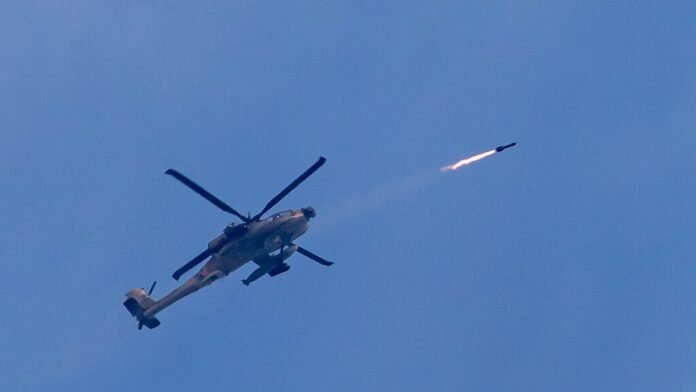Technical issues and missile defence systems intercept half of the Houthi missiles launched toward Israel, Israeli officials confirm
Israeli officials reported that around 50% of the ballistic missiles launched by the Houthi rebel group from Yemen since the resumption of fighting in Gaza have failed to reach their targets. This marks a significant development in the ongoing missile exchanges, with the failure rate being attributed to technical issues and the effectiveness of advanced missile defence systems operated by Israel and its allies.
The incidents, which have triggered a few sirens in Israel, are a result of missile failures and the successful interception of others by Israel’s Arrow 3 system and the American-made Terminal High Altitude Area Defense (THAAD) system. These defence technologies are part of a multilayered defence network that has proven effective in neutralizing threats posed by the Houthi missiles. Israeli officials also highlighted the importance of cooperation with the United States and other allied nations in maintaining missile defence capabilities against regional threats.
On Sunday, sirens were triggered in central Israel, including areas from Jerusalem to Tel Aviv, following a ballistic missile launch from Yemen. The Israeli Defense Forces (IDF) confirmed the missile was intercepted outside of Israeli airspace, with missile fragments later found in the West Bank, south of Jerusalem. The successful interception marked another victory for Israel’s defence architecture, which has been continually tested by the missile launches coming from Yemen, backed by Iranian support.
The latest missile exchange occurred as tensions between the United States and Iran, a known ally of the Houthis, escalated over Iran’s nuclear program. Meanwhile, the US has ramped up its airstrikes against Houthi targets in Yemen, with several missile attempts aimed at Israel recorded during this period. Despite these attempts, Israel’s robust defence systems have largely mitigated the threats, keeping casualties and damage minimal.
Israel’s defence strategy includes a sophisticated range of missile defence systems, such as the Arrow 3, designed to intercept long-range missiles in the exo-atmosphere, and the Arrow 2 system, which targets missiles near the atmospheric boundary. The THAAD system, deployed by the US in October 2024, adds an extra layer of protection, intercepting short- to medium-range ballistic missiles during their final flight stages. The THAAD system uses a kinetic “hit-to-kill” method, meaning it intercepts missiles by direct impact rather than through explosive warheads, making it highly effective at minimizing collateral damage.
Embed from Getty ImagesReports indicate that the THAAD system has successfully intercepted at least seven missiles launched from Yemen since its deployment, further underscoring its critical role in Israel’s defence. In addition to THAAD, the US has delivered extra defence resources, including a new THAAD battery and two Patriot missile batteries, to bolster Israel’s defences amid ongoing missile threats from the region.
The presence of US Central Command (CENTCOM) in the region since 2021 has also played a vital role in coordinating air defence across 21 countries in the Middle East and Central Asia. By integrating radar data from various detection systems, CENTCOM helps create a unified threat picture, enabling rapid interception responses.
While the Houthi missile failures are notable, the situation underscores the complexity of modern missile defence systems and the ongoing geopolitical tensions in the Middle East. As Israel continues to face threats from various regional actors, its reliance on advanced air defence systems and international cooperation remains central to its security strategy.
